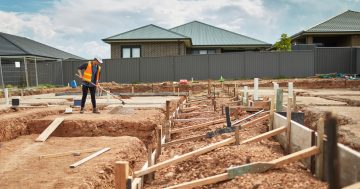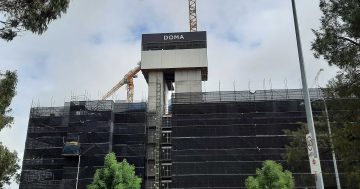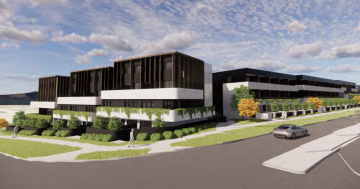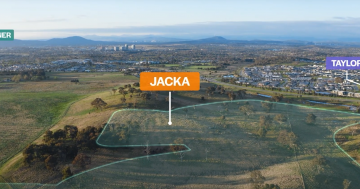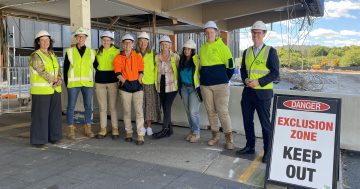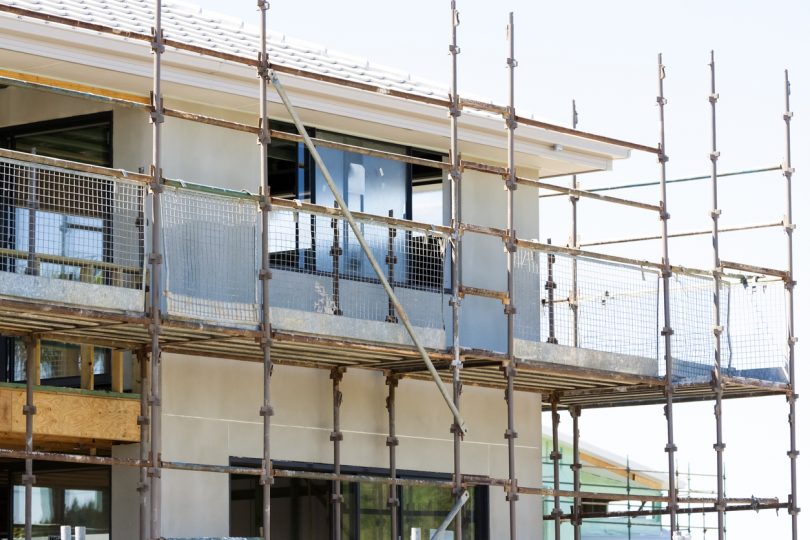
New housing developments are highly in demand, but costs and delays mean the industry is struggling to deliver. Photo: File.
ABS building activity data has revealed total new dwellings in the ACT fell by 40.9 per cent in the quarter ending December 2022, stoking fears that there are not enough new housing projects in the Territory to keep up with rising demand.
There were 7685 housing units under construction as of December 2022, down from 8201 in the previous quarter but up from 7329 a year earlier. With the ACT Government expecting the population to grow by around 1.4 per cent a year, there are fears that new housing stock will not support the rising population.
New developments will play a pivotal role in this population growth and the government expects developments like Molonglo, Denman Prospect and Whitlam to show the most significant population increases through to 2060.
“‘Despite 7685 new homes being under construction in the ACT at the end of December, there are simply not enough new projects entering the pipeline to keep up with the ACT’s population growth,” CEO of Master Builders ACT (MBA) Michael Hopkins said.
“With the ACT already in the midst of a housing supply shortage and an affordability crisis, this level of home building is simply not sufficient,” he added.
This shortage is most significant in the ‘missing middle’ – medium-density housing that is increasingly rare in Canberra.
“With ACT Government policy dictating 70 per cent of new development to be within the existing urban footprint, planning and zoning rules must be reformed to provide ‘missing middle’ housing to help meet our housing shortage,” Mr Hopkins said.
Against this backdrop, the MBA called on the ACT Government to do more to fund new housing projects in its 2023-24 Budget submission.
“Since the COVID-19 restrictions have eased, new pressures are emerging which have a significant impact on the local building and construction industry,” Mr Hopkins wrote, citing rising inflation, cost pressures, labour shortages and supply chain disruption as some of the major issues.
On top of this, he said, “the constraints on new dwelling starts also reflect delays in delivering new residential land and approval delays for new residential projects” – something that the ACT Government has some control over.
“The ACT budget should boost investment in public and social housing and accelerate land release which, if coupled with planning reforms to address the lack of missing middle housing, can help address this significant decline,” he said.
According to MBA’s forecasts, residential construction activity is expected to fall by 54.6 per cent in the 2022-23 financial year, and while it expects activity to rebound considerably in 2023-24, this is contingent on lower interest rates and an end to constraints on project approvals and the delivery of new land.
The MBA’s Budget submission proposals focused on five key points: dealing with industry cost pressures; delivering a sustainable and reliable pipeline of ACT Government construction projects; supply of build-ready land for housing and addressing long-term housing needs; workforce capacity and capability; and navigating the ineffective and inefficient development approval system.
With the residential construction industry facing increasing pressures, MBA noted that the non-residential segment is also expected to “continue its historically bumpy path”. As Mr Hopkins pointed out, though Federal and State Government expenditure is expected to remain high, the industry is heavily reliant on private sector projects.
MBA forecasts that non-residential activity will decrease by 8.9 per cent in 2022-23 but will only grow by 0.9 per cent the following fiscal year.
The MBA’s Budget submission advised the ACT Government to remain committed to delivering construction projects such as health, education and community infrastructure, and to encourage the Federal Government to invest in infrastructure in the ACT – projects that will be vital in supporting the growing population.













